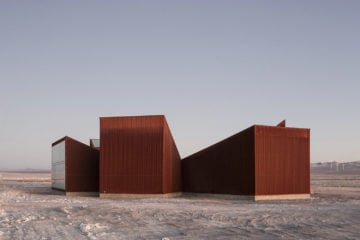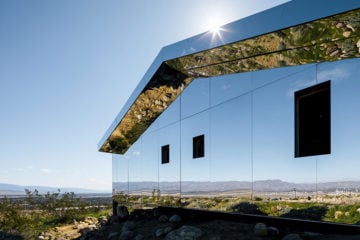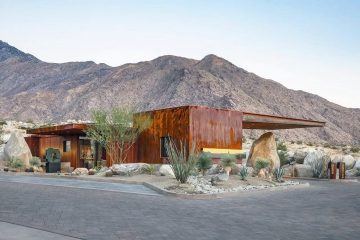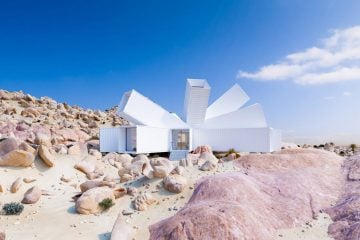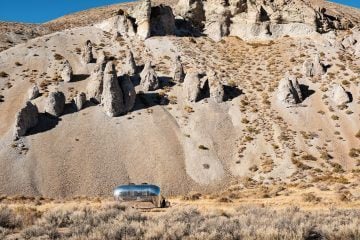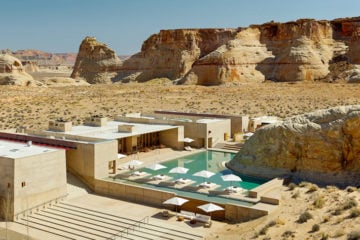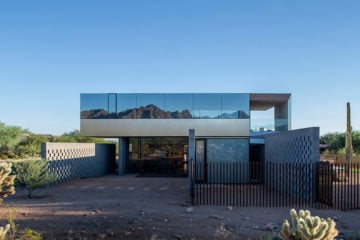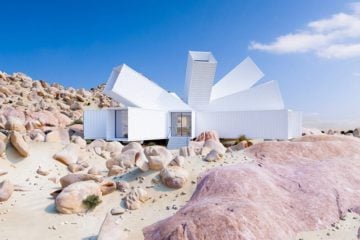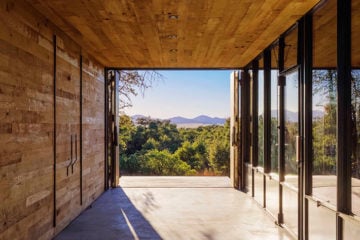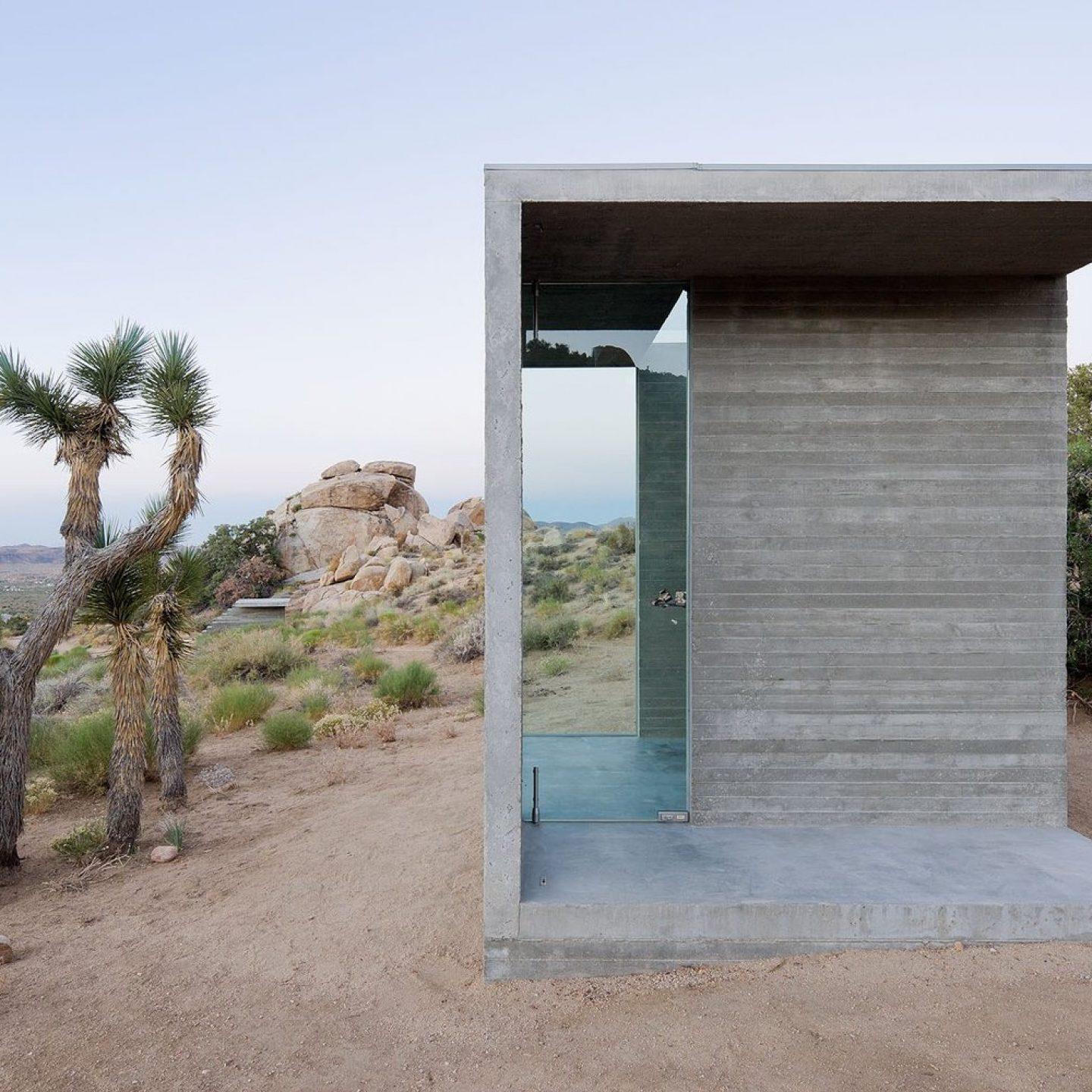
Arata Isozaki Designs Transcendent Space Between Heaven And Earth
- Name
- Arata Isozaki
- Images
- Iwan Baan
- Words
- Rosie Flanagan
Amongst the cactuses, rocks and ruddy earth of the Mojave Desert stand three sculptural concrete pavilions designed by Japanese architect Arata Isozaki for his friend, LA art collector Jerry Sohn.
Located just fifteen kilometers from the famed Joshua Tree National Park, Sohn’s property is truly a remarkable addition to the desert surrounds—part home, part gallery, it is a notably transcendent space. Originally developed in the 1920s and ’30s, the site is filled with work from famed artists: Isozaki’s three pavilions, a cabin formerly owned (and painted) by Ed Ruscha, along with works by Richard Long, Greg Colson, Jeremy Dickinson, Lawrence Weiner, Rachel Whiteread, and others.
Isozaki visited the property with Sohn in the 1990s—and after a night spent sleeping there beneath the stars he proposed designs for a series of outdoor bedrooms. As he noted after this evening in the desert; “the ceiling is the sky, the surrounding mountain range and rocks are the walls and partitions, and the majority of the floor is the desert.” He determined to create spaces that enhanced such an experience, the project he said, “only consists of expanding the notion of the house towards nature itself.” The three pavilions are placed at different points around the property, and though designed for different seasons their sculptural forms grant them aesthetic cohesion.
The winter bedroom is a cube; fully enclosed and constructed of concrete and glass. Inside the pavilion, a painting by British artist Jeremy Dickinson hangs, and a large glass panel in the ceiling opens the space to the heavens. The summer bedroom bares similar proportions to the winter bedroom, though with a thoroughly different layout. A concrete deck has been raised from the ground, held erect by a vertical wall that also acts as a stairwell from the ground below. The platform becomes the bedroom, and here, as Isozaki wished, the sky is your ceiling. The autumn and spring room appears as the medium between the summer and winter pavilions. Both open and closed, its ceiling curves dramatically before gently descending into a vertical wall. At the rear of the building, New York artist Lawrence Weiner has created a text painting that reads OBSCURED HORIZON in yellow stencilled letters.
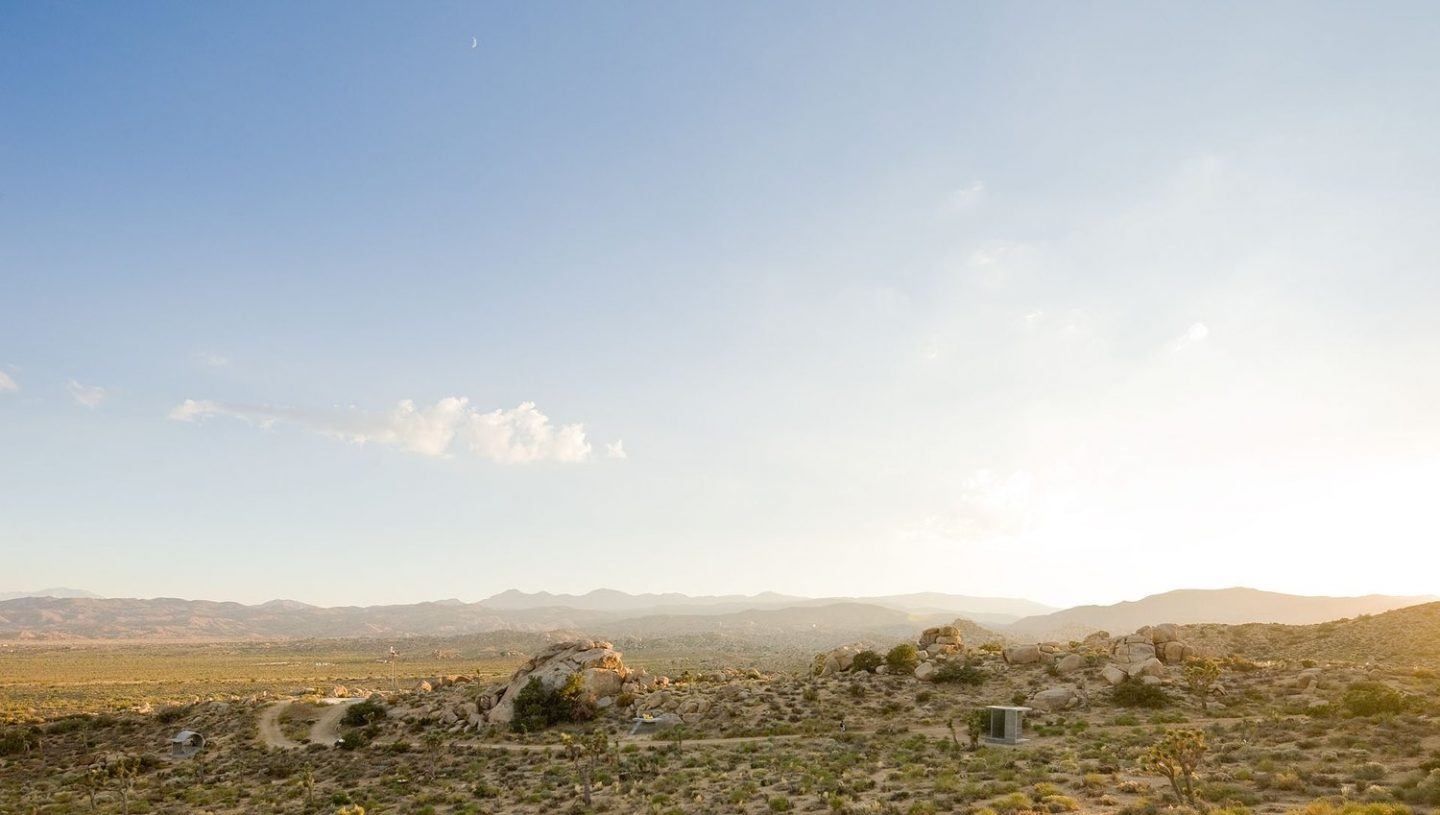
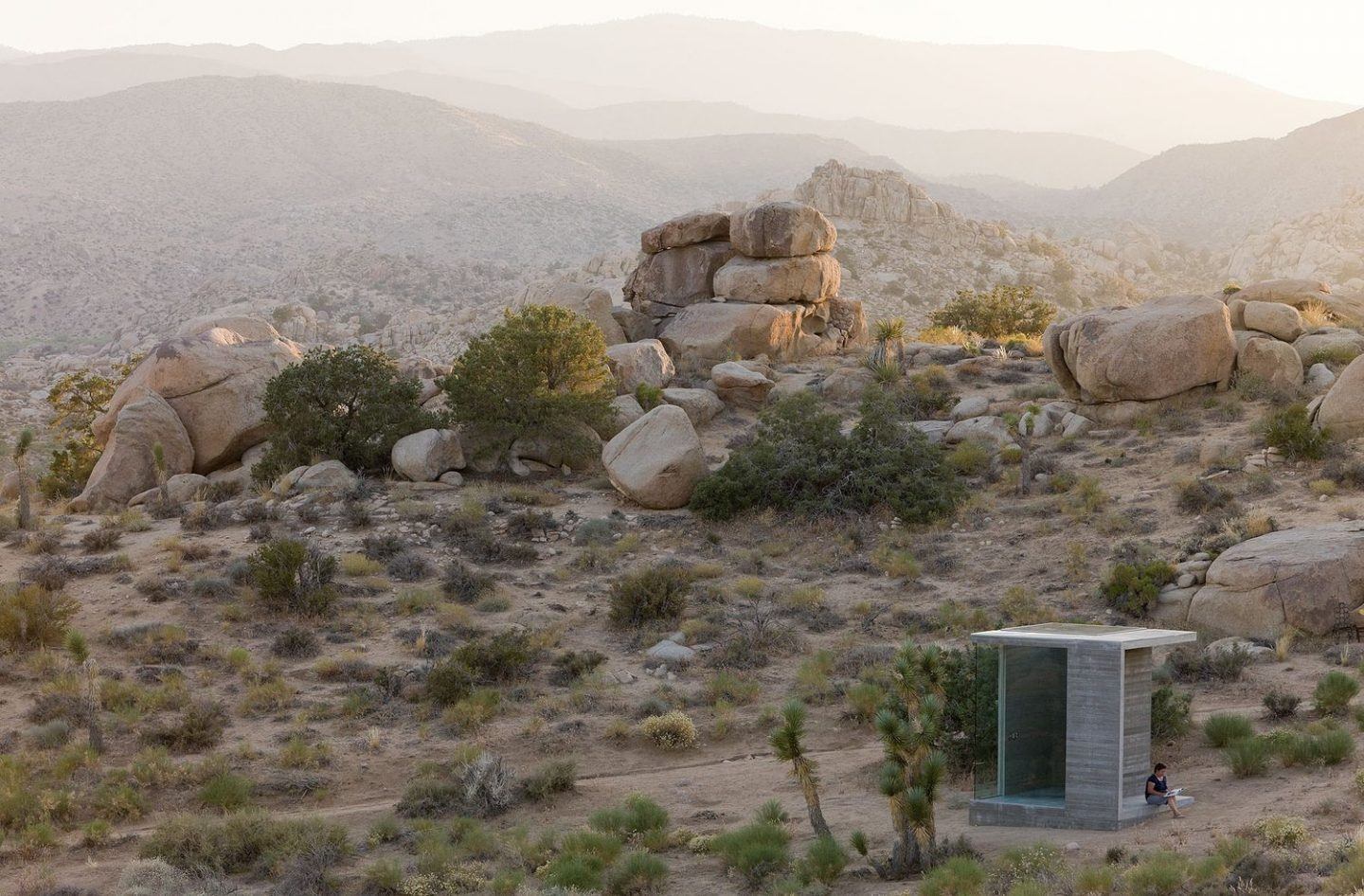
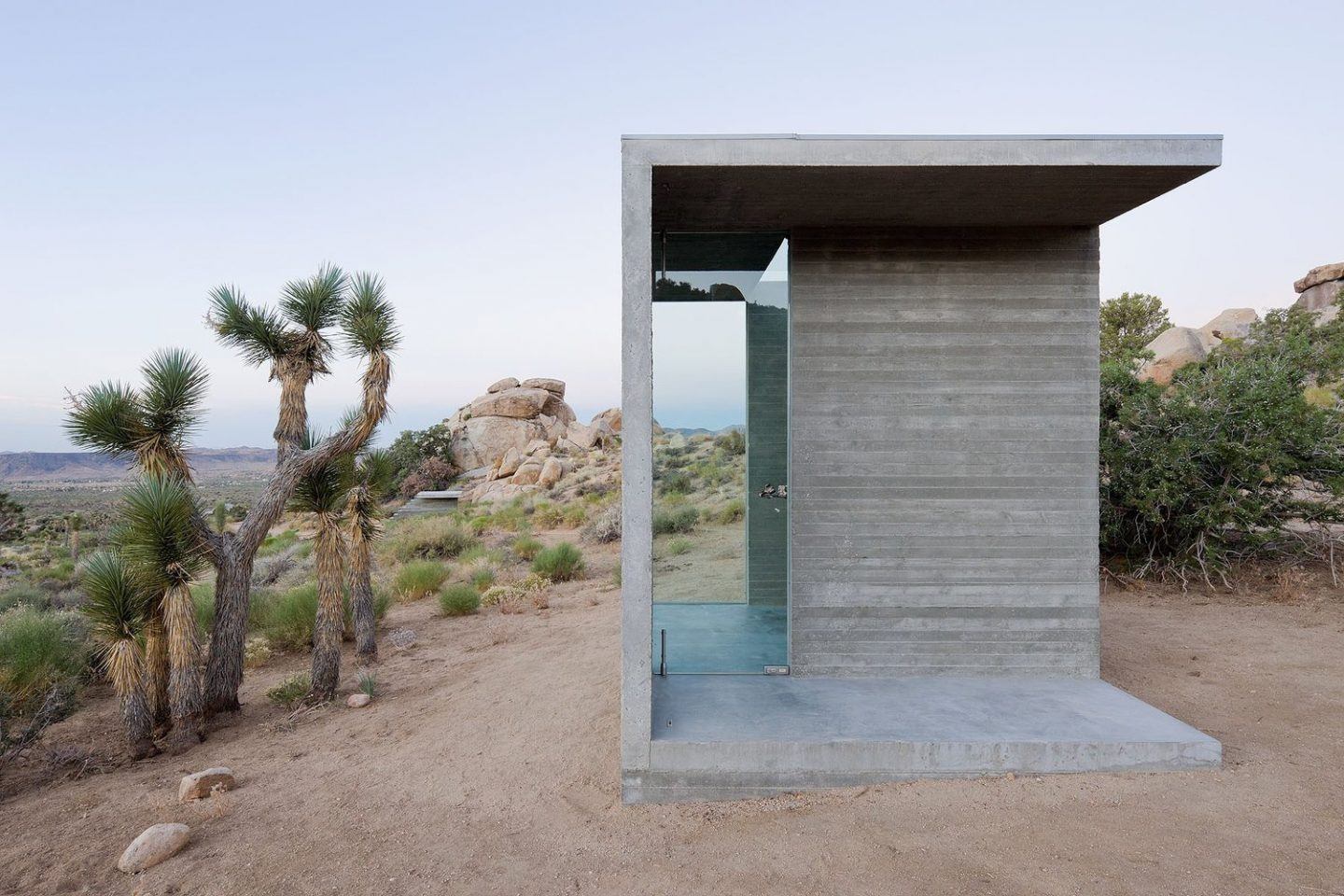
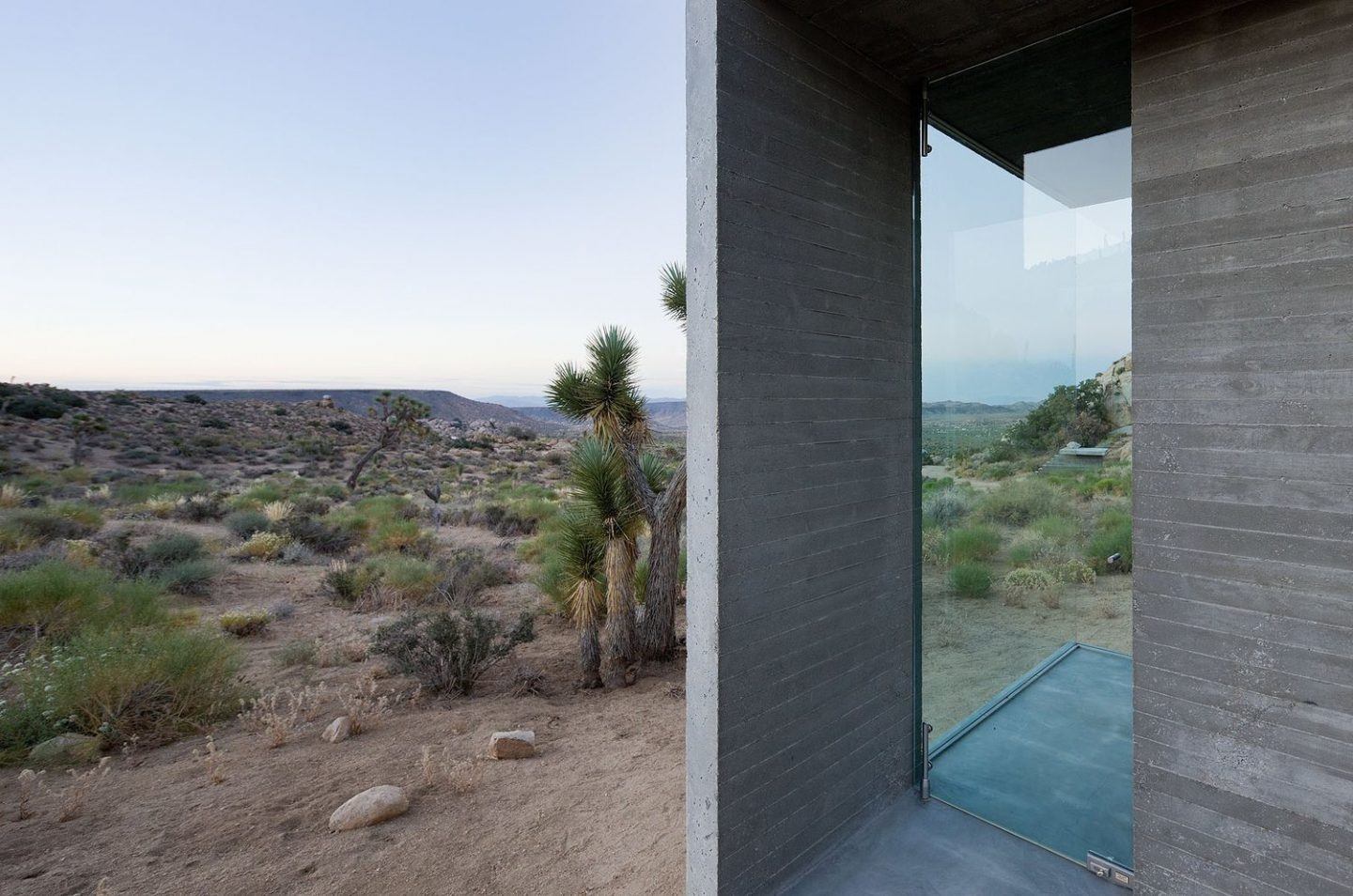
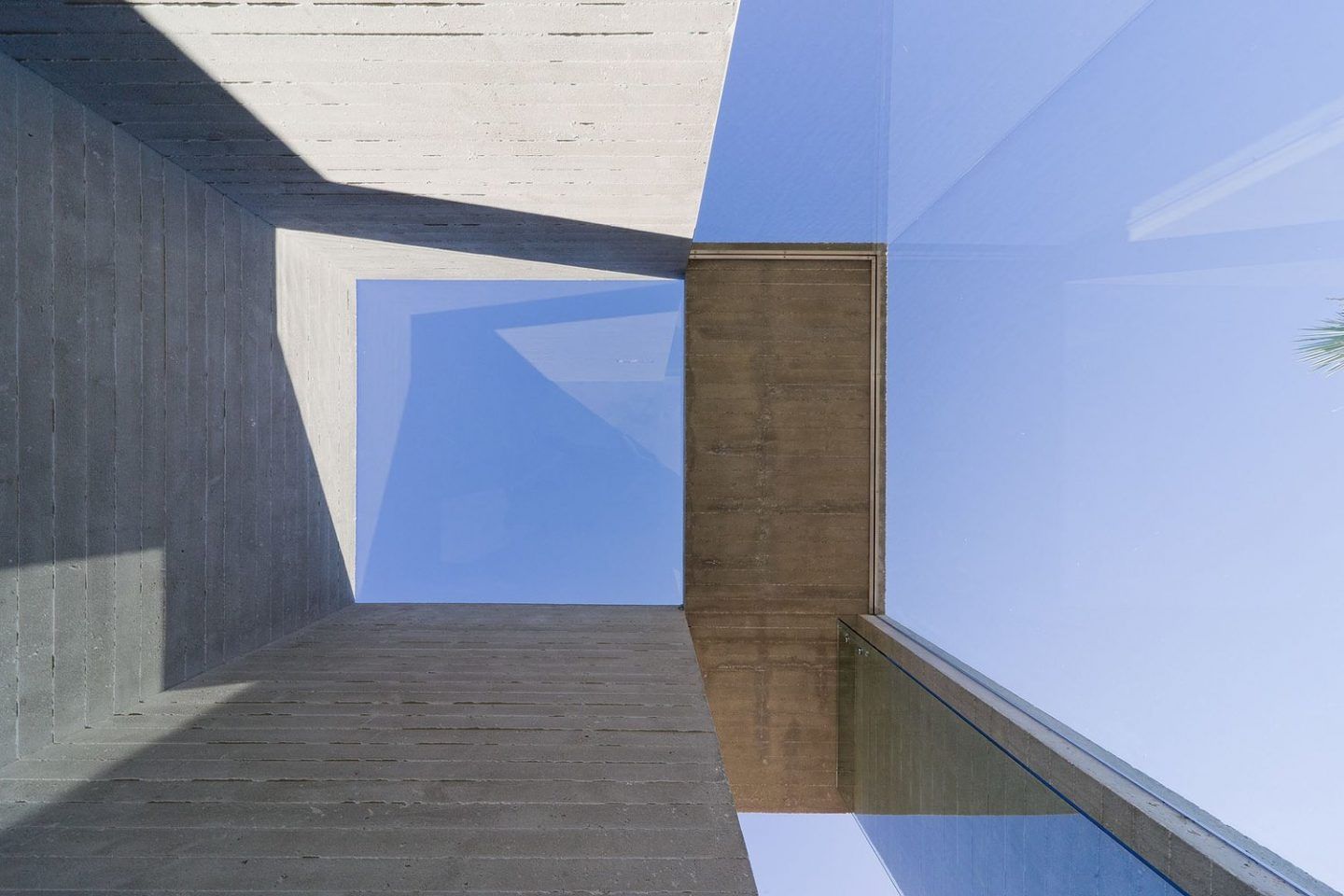
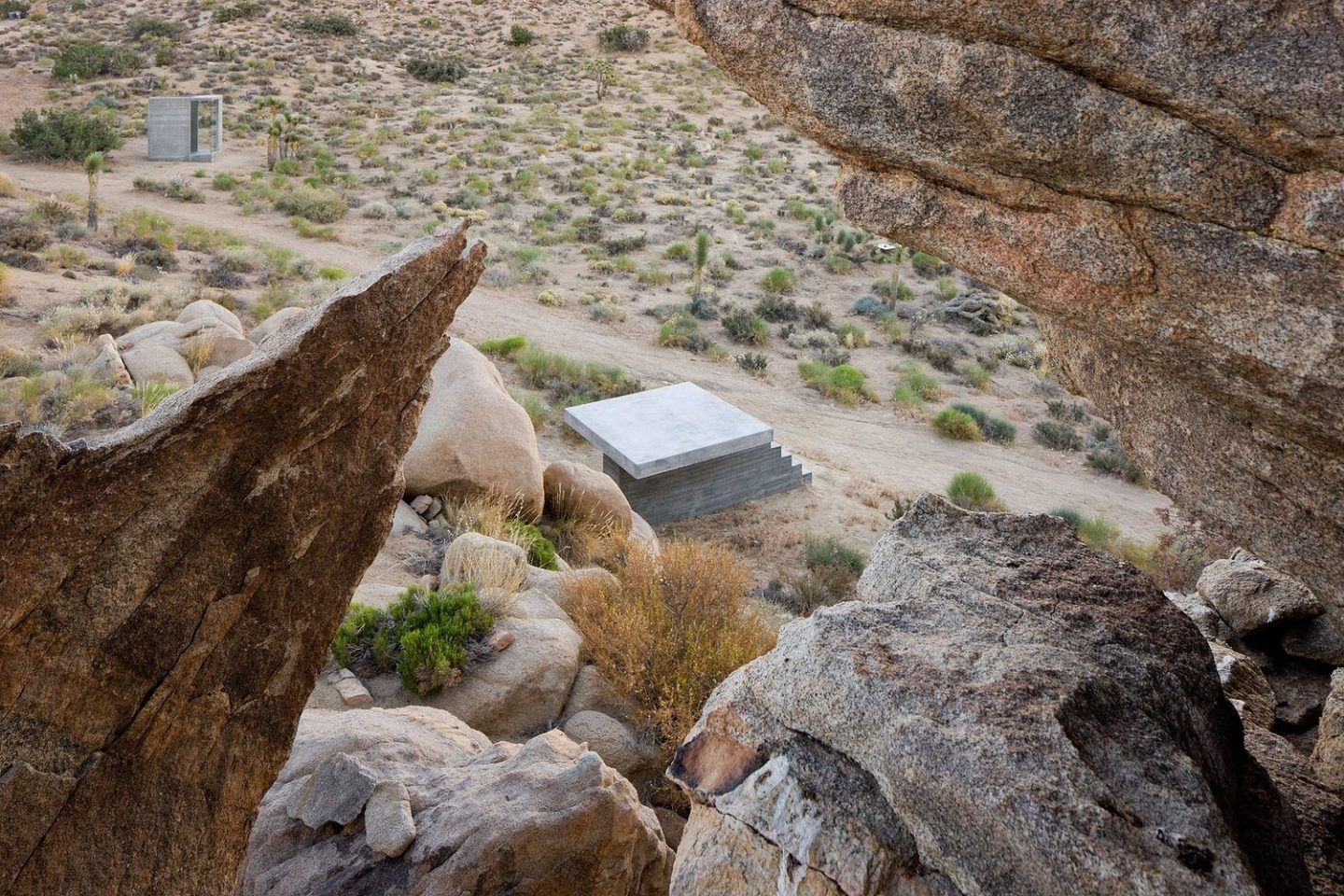
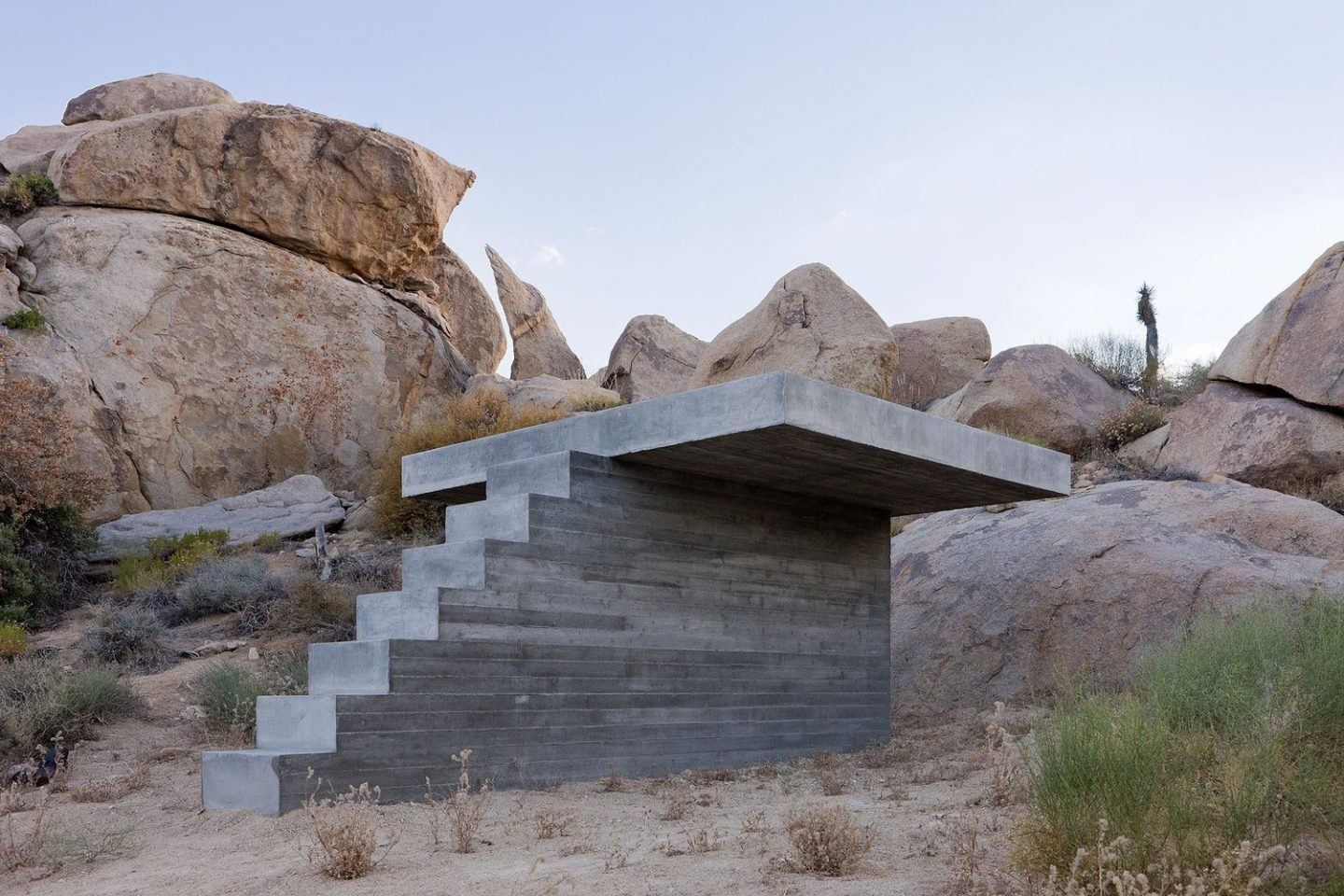
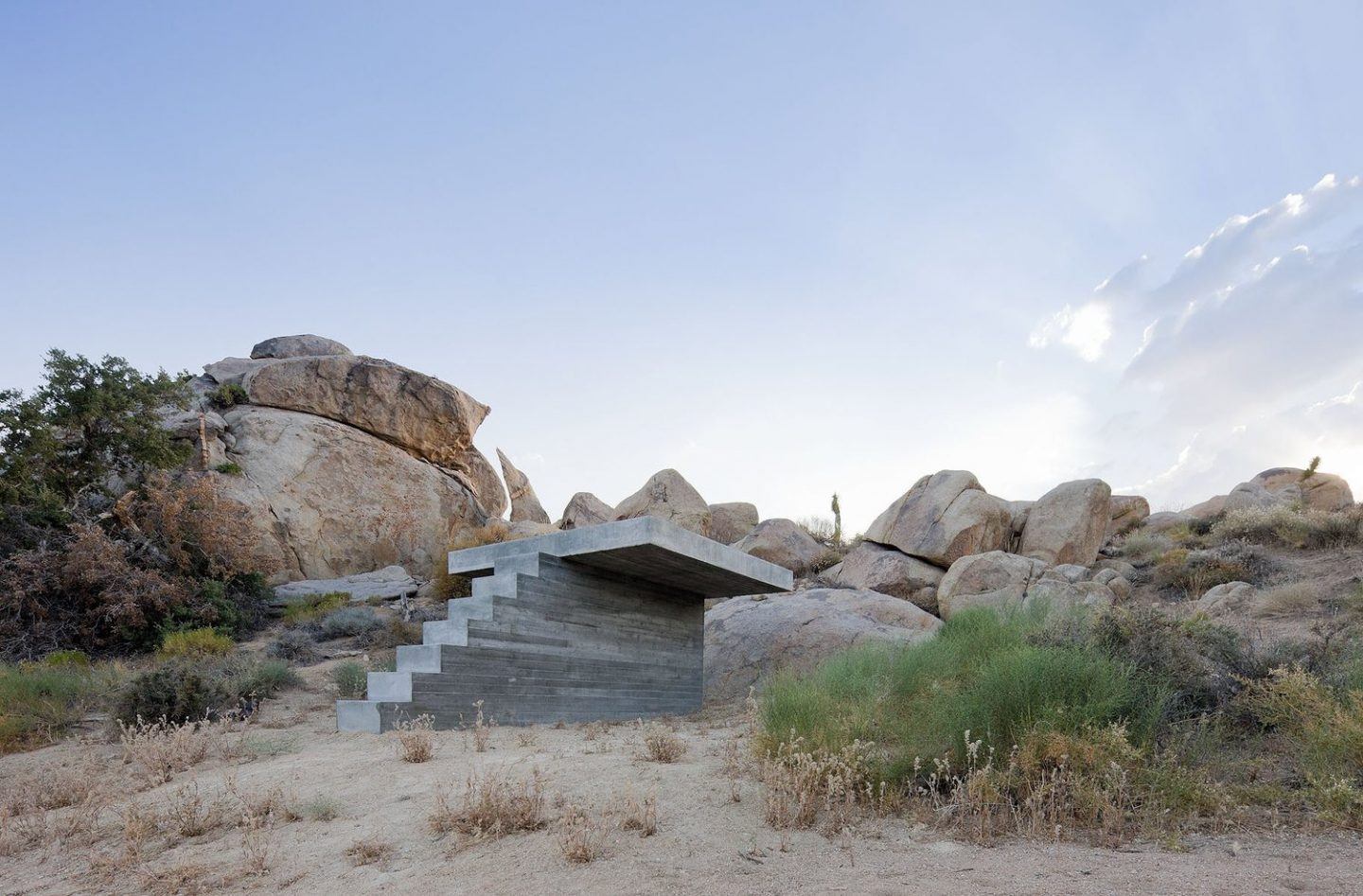
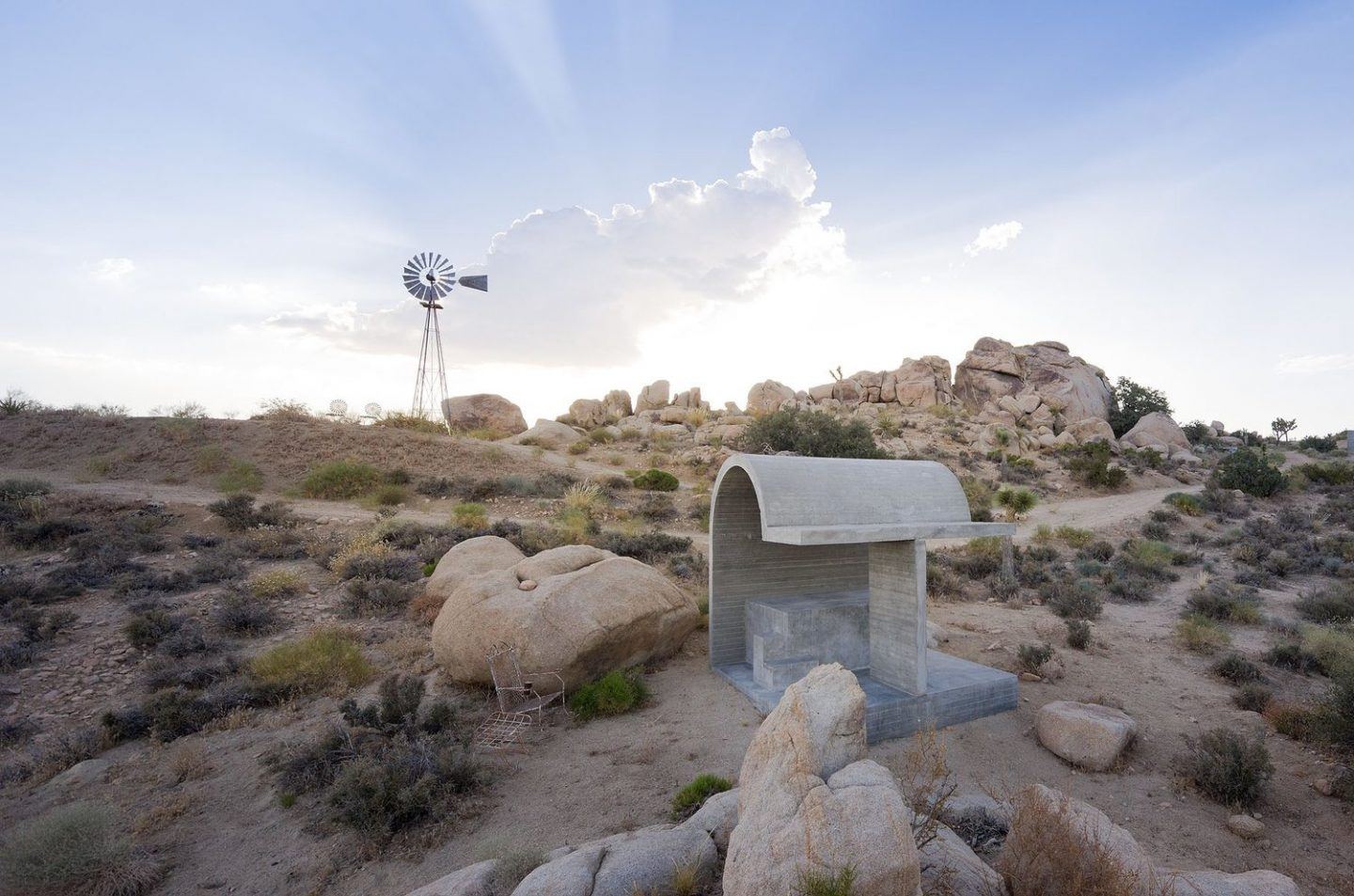
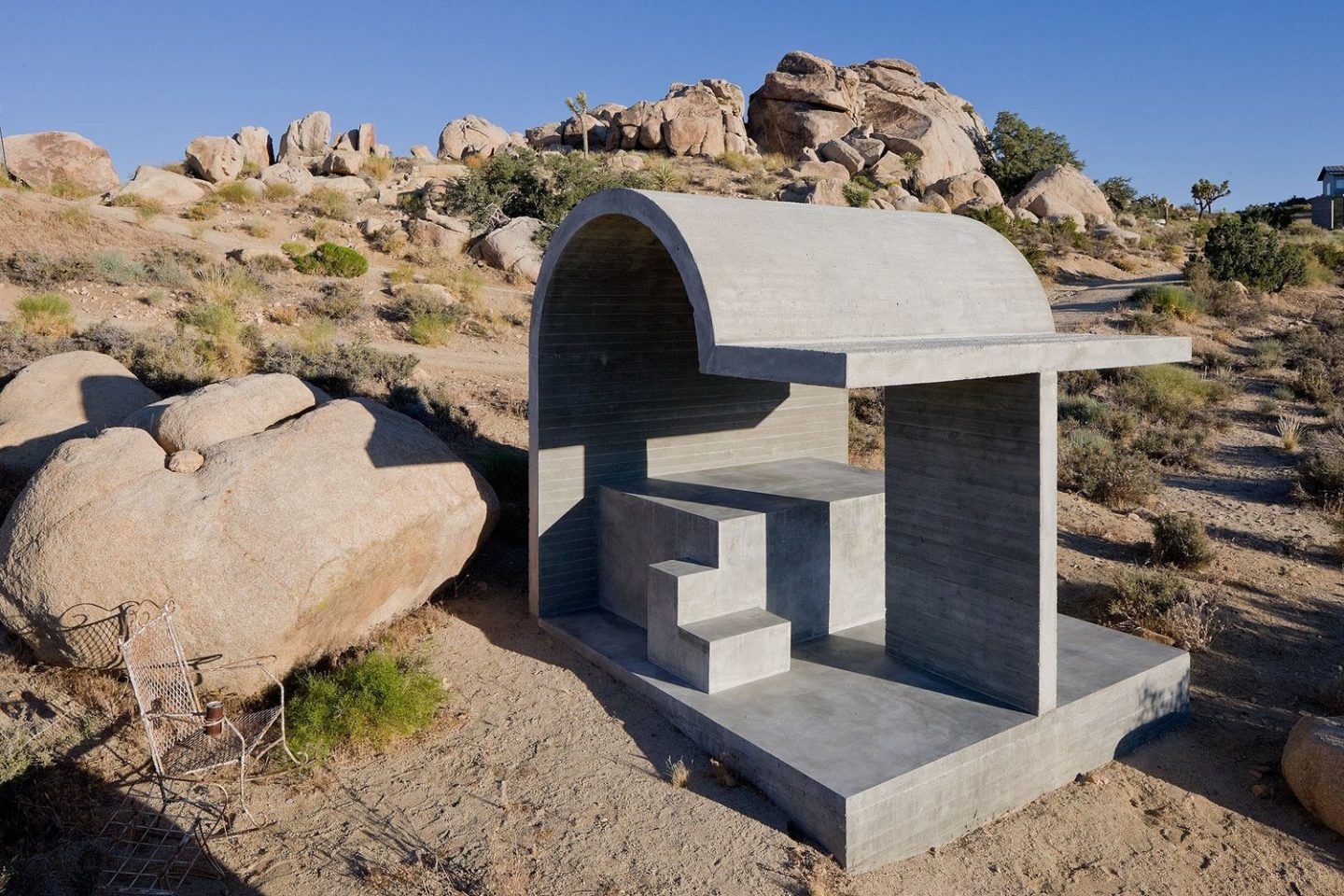
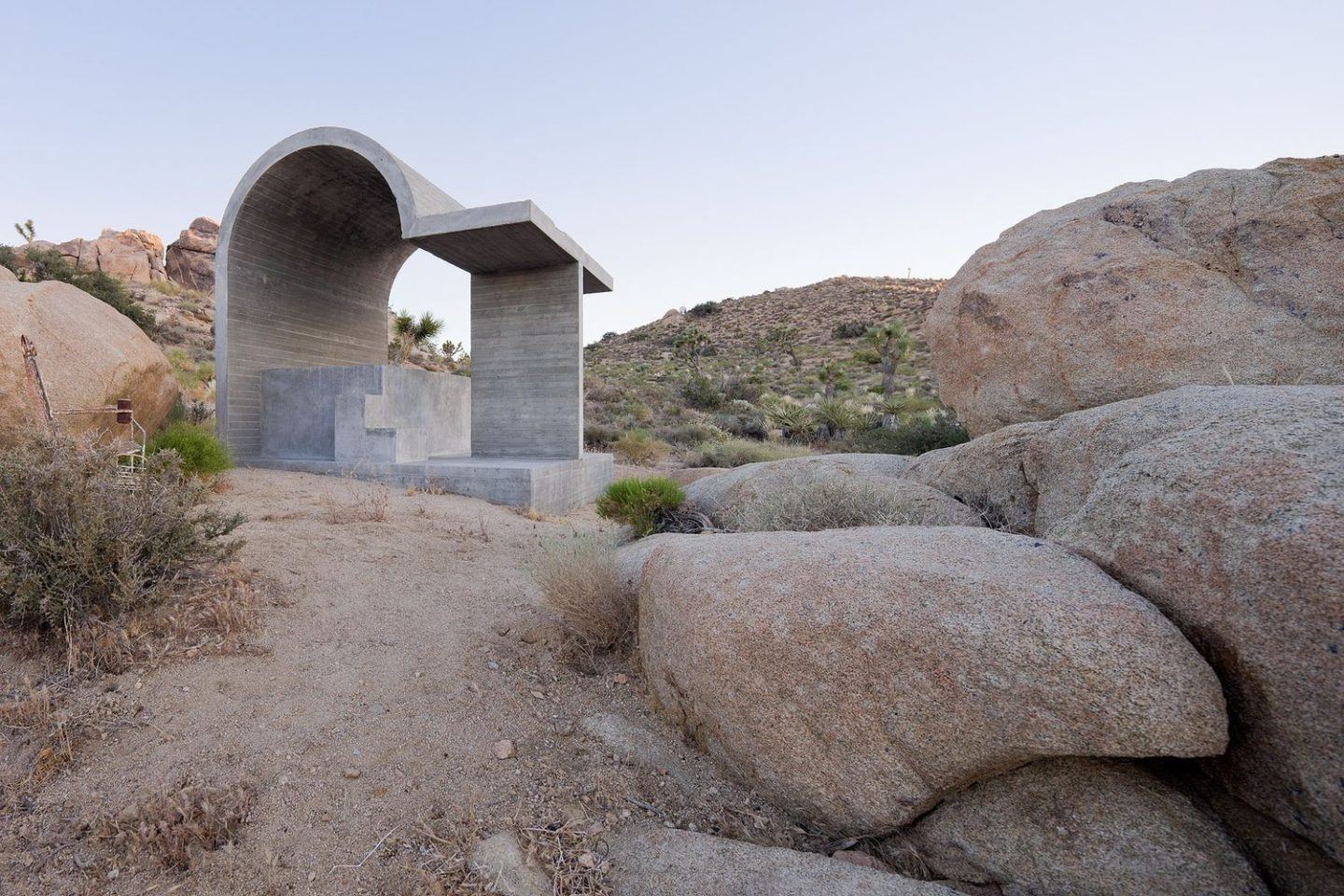
All images © Iwan Baan
